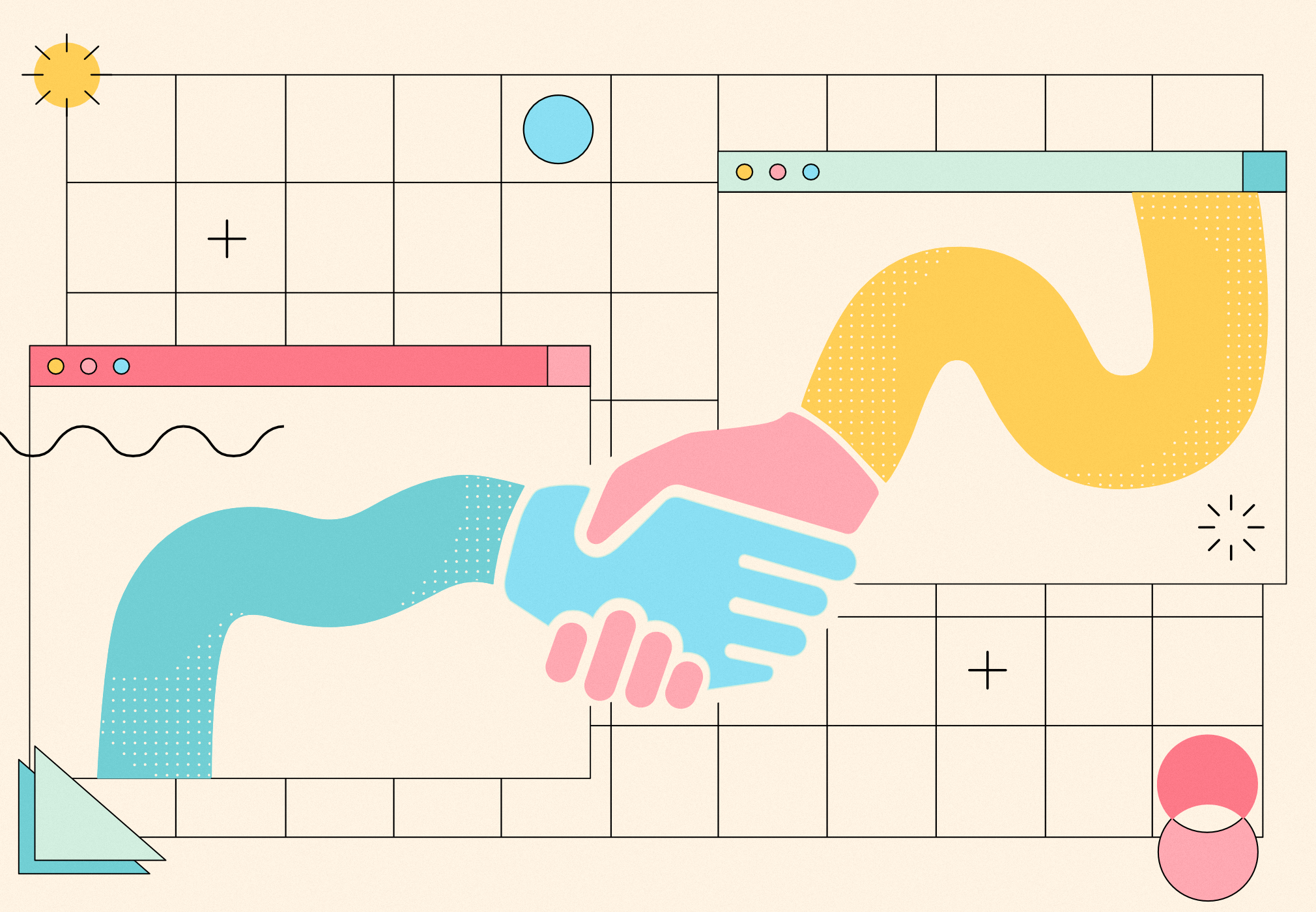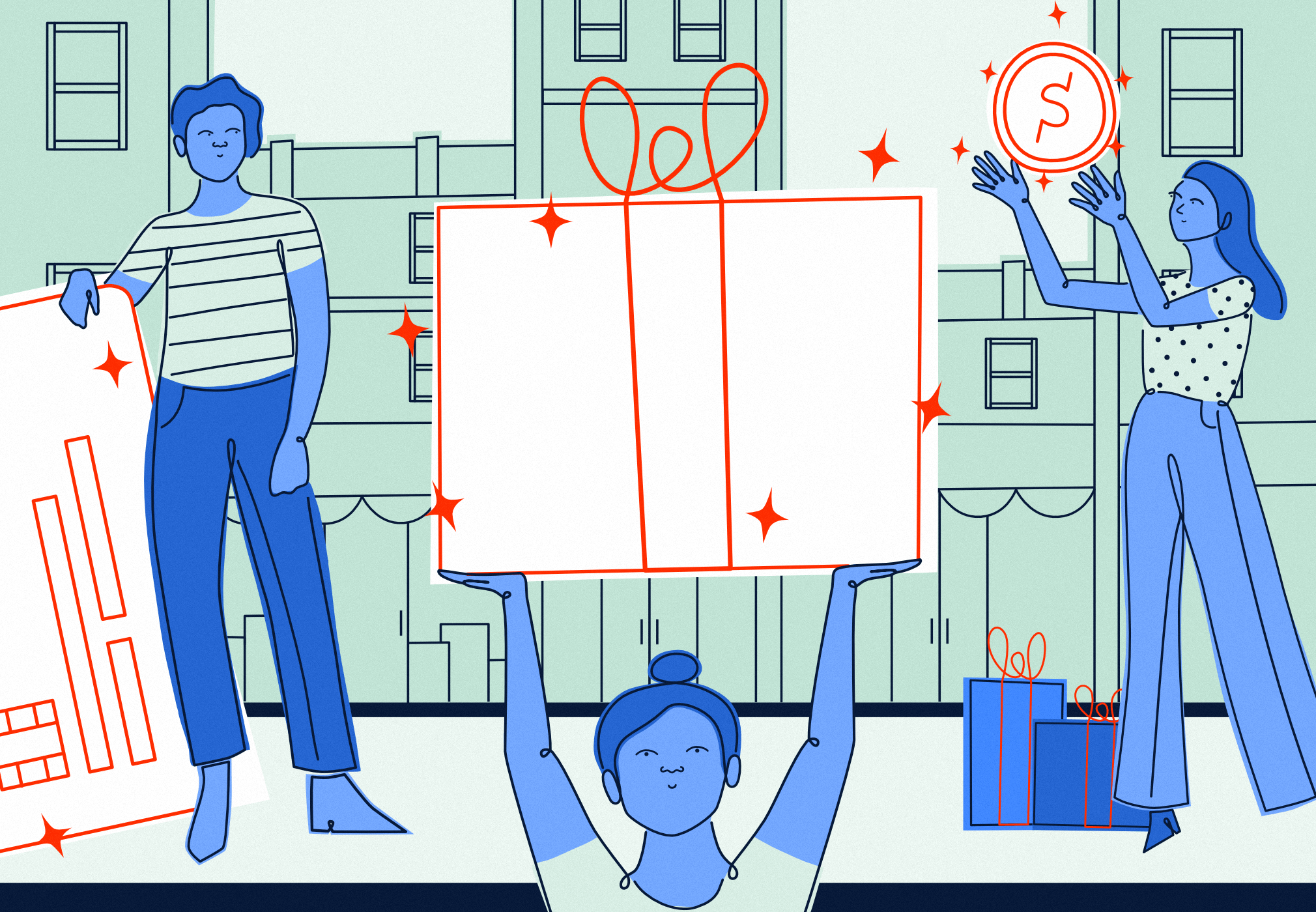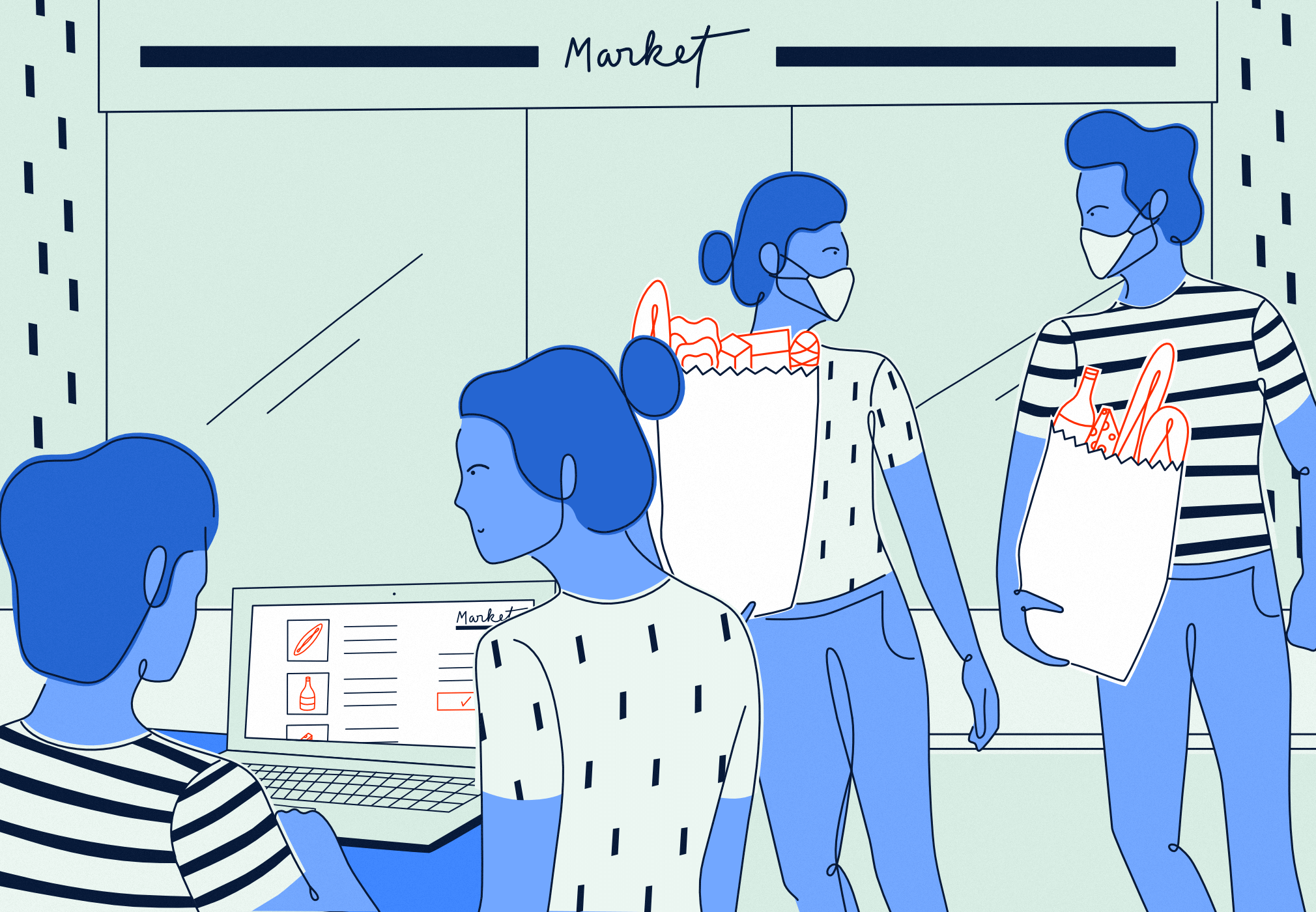How to increase customer retention with card-linking

Card-linked offers are a great way to build reward programs that drive long-term loyalty and retention. That’s because they help cut friction at the point of checkout, making it easy to redeem rewards, whether online or in-store. To keep customers engaged, you need to get creative about your retention strategy – but what are the key tactics to cover, and how can card-linking help?
The importance of customer retention
Customer retention is crucial to your revenue. According to Harvard Business Review, increasing customer retention rates by 5% increases profits by an average of 25%. It boosts their lifetime value, cuts your marketing spend, and helps you build a solid brand. Consider that it can cost five times more to win a new customer than to retain an existing one, and it’s clear how important retention can be.
But it’s harder than ever to keep customers loyal. Competition across channels is at an all-time high, and it’s near impossible for brands to stay front of mind. 2019 saw the worst decline in footfall for the high street in 6 years, and it's a challenge for e-commerce retailers, too. The average online visit is now down to a tiny four minutes and 12 seconds.
Loyalty programmes- when they work - can be an enormously valuable part of a customer retention strategy. They’re one of the oldest marketing tactics out there, but with good reason: up to 67% of shoppers say they’d change their spending habits to make the most of loyalty rewards.
But often, they don’t work. In fact, the majority of loyalty programmes fail within the first year. And while consumers might still feel incentivised by loyalty programmes, the amount of unclaimed rewards shows that actual engagement with them can be low.
How card-linking can increase customer retention
One of the biggest reasons loyalty programmes fail is friction. Card-linking makes it easier for customers to earn rewards, so they don’t have to go through the unnecessary steps that cause drop-off. By building a smoother user experience, you’ve got a much better chance of increasing customer loyalty and retention.
In-store, a lot of retailers still rely on loyalty cards, QR codes or paper vouchers. It’s a hassle: customers either forget their cards, or find that vouchers aren’t tailored specifically to their needs. Even when they do have all the necessary items to hand, it’s still an inconvenient additional step at checkout. There are issues online, too: affiliate tracking often fails thanks to inadequate cookie tracking, and there’s no way to join up a user’s online and offline behaviour. Not having the complete picture of a customer’s journey with your business makes optimising it near impossible.
Card-linking avoids all that. Customers securely connect their payment card to a loyalty programme and then shop as usual. Rewards and offers are applied automatically, with no need for additional actions at checkout. And because transactions appear in real-time, you can interact with customers when they’re most engaged.
It helps build a more rewarding relationship. For leading shopping centre group intu, creating a card-linked offers programme resulted in a 47% increase in average customer transaction value, while Goloyal saw a 10x increase in card-linked transactions.
Building an effective customer retention strategy
If you’re looking to upgrade your loyalty programme and increase retention, there are some key tactics you need to include in your strategy.
1. Get rid of unnecessary friction
Cards, codes and vouchers all add friction for the user and increase the risk of drop-off. Use card-linking to cut our unnecessary additional steps at checkout.
Prioritise the user experience and make it as easy as possible for customers to redeem rewards. It can take a long time before a customer is ready to buy – have you thought through the whole journey? If you’re building an app, think about how much information you really need to ask for upfront. Don’t ask users to exit the app and click activation links in emails. And don’t hide their rewards and offers in an un-intuitive area.
2. Engage with customers in real-time
Customers are most engaged with your brand when they’re shopping with you. Notify them of rewards and offers earned in real-time to improve their in-store experience.
Card-linking delivers granular data in real-time - including amount, location and merchant name – so you have a more complete picture of customer spending and can tailor your offering accordingly. Ensuring that your offers and rewards resonate with shoppers is crucial - 31% of consumers feel that offerings aren’t personalised enough, and that creates dissonance with your brand. Delivering the right reward at the right time is the only way to ensure they keep coming back.
3. Join up online and offline experiences
If you don’t have a holistic view of a customer’s interactions with you, you’ll struggle to deliver a seamless, joined-up experience.
Card-linking can give a more complete picture by tracking every transaction a customer makes with you – both online and off. And as Björn Bärbo, CEO of Goloyal explains, striking that balance is key: “A good customer journey is not coming into a physical store and doing online shopping – that’s just confusing. Instead, the journey has to be relevant at the right time, in the right place”.
At Fidel, we’re experts in helping retailers build customer loyalty programmes that work. To find out how intu built an effective card-linked loyalty programme, read our Q&A with Commercial Director Trevor Pereira.


